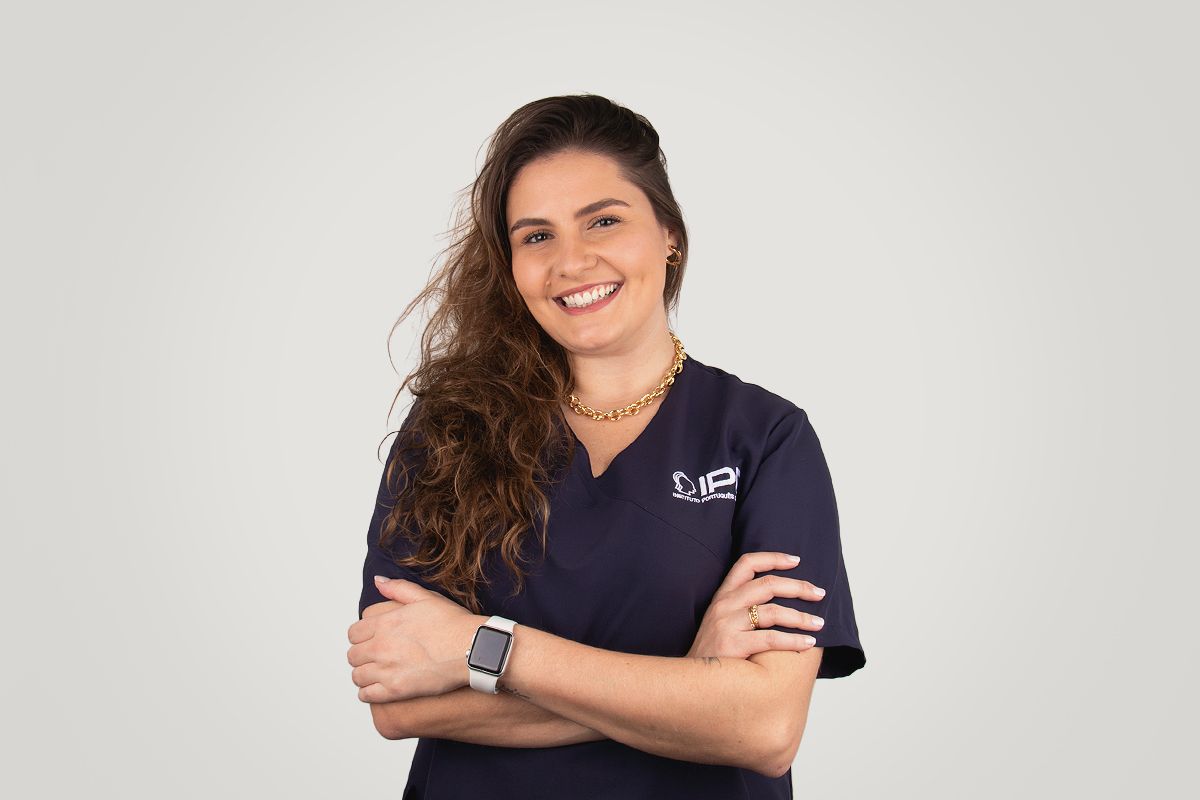FEMINIZATION AND MASCULINIZATION
DEPARTMENT OF FEMINIZATION AND MASCULINIZATION
The Instituto Português da Face has a multidisciplinary surgical team to achieve the best results by performing facial sculpture according to individual needs.
Feminization Facial and Masculinization Facial surgery consists of a series of surgical procedures designed to soften and modify exaggerated or non-harmonious facial features that are decisive in identifying visual facial gender.
These procedures are indicated in the gender changing process or to highlight the desired facial gender. Procedure such as changing the frontoplasty capillary line, forehead or frontal bossing, cheekbones, rhinoplasty, jaws and contouring or chin will be indicated according to each case.
The face is our identity card, enabling us to define the masculine and feminine face through specific facial standards. In facial feminization, surgery can include modification of prominent laryngeal cartilage or "Adam 's apple" and changing voice.
After surgery, follow-up by Aesthetic Medicine will be important to enhance the effects of the surgery.
You will be required to undergo monitoring via physical therapy, endocrinology and sometimes psychology.
SYMPTOMS
- Prominent forehead
- Square chin
- Prominent Adam’s Apple
- Male chin
FACIAL FEMINIZATION AND MASCULINIZATION
FACIAL FEMINIZATION
Feminisation face covers a set of skeletal bone and soft tissue surgical procedures such as in the front region, malar region, nose, lips, jaw and chin, to alter the male facial traits, harmonizing the features in a female face.
FACIAL MASCULINIZATION
On the other hand, facial masculinization enables turning a female face into a male face through surgical procedures in the area of the cheekbones, jaw and chin. Virtual planning enables designing the facial structural movements and placing prostheses to enhance the male traits adapted to each case.
FRONTOPLASTY - FOREHEAD FEMINIZATION
What is the procedure?
Frontoplasty is an aesthetic surgical procedure that aims to reduce the size of the forehead, raise the eyebrows and reduce expression lines in the frontal region of the face. During surgery, the plastic surgeon makes incisions in the scalp and pushes the skin below the hairline, providing the desired results.
What are the signs and symptoms? - Very important for people to identify themselves
The female forehead is shorter and longer than the male forehead. In the form of implantation of the hair (region), the female one has the shape of a crown and the male one, this area adopts an “M”. Another point of divergence between men and women is their shape, where in men there is a hump or bump, in the central region of the forehead above the nose and the sides of the forehead are also more accentuated in men, along with the upper contour of the eye. is more pronounced. Finally, the female eyebrow is more open in relation to the eye, highlighting the look, and in men it is more horizontal.
What is the post-operative period like?
With current techniques of virtual planning and ultrasonic surgery, the post-operative period tends to be quick, normalizing life in 15 days – 3 weeks.
RHINOPLASTY - NOSE FEMINIZATION
The aim is to make the nose more delicate by highlighting other areas of the face, such as the eyes.
The female nose is smaller, narrower, the back may be slightly curved (concave) and may have a so-called supratip break (a small depression immediately above the nasal tip), which gives an even more feminine touch. In addition to reducing the nasal tip, feminizing the nose may include reducing the width of the nostrils (alar base reduction).
The angle between the nose and the lip (nasolabial angle), which determines the rotation of the nasal tip, is typically greater than 90º in women and should not exceed this angle in men. All details are important, but the reduction of the dorsum and the reduction and rotation of the nasal tip are the most important.
Nose feminization surgery is usually performed under general anesthesia and, often, at the same operative time as other feminization procedures in areas of the face and/or neck (forehead, jaw, larynx).
To remodel the nasal dorsum, a piezoelectric instrument is used (popularly known as ultrasonic rhinoplasty) which allows the bones to be sculpted without trauma, with consequent less swelling and practically no bruising (no “black eyes”).
The extraordinary thing about this procedure is that it is practically painless. There may be discomfort in the first 2 days of not being able to breathe as well through the nose due to the presence of silicone splints that are removed 48 hours after surgery. The dressing and nasal splint are removed after 6-7 days, allowing you to get an idea of what your nose will look like at that point.
BICHECTOMY
This surgical procedure is recommended for those who wish to improve the contour of their face by reducing the volume of their cheeks, with the aim of having a thinner, less round face.
Under the effect of local anesthesia, a small intra-oral incision is made to extract part of the Bichat ball, in a volumetrically symmetrical way.
It is recommended to ingest liquid and soft foods 48 hours after surgery, return to daily life 6 days later, wait 4 weeks before exercising. These data are subject to adjustment according to the clinical case of each patient.
REMOVAL OF ADAM'S APPLE
The laryngeal prominence, commonly known as the Adam's apple, is a protrusion of the thyroid cartilage.
The presence of a prominent Adam's apple in trans women can be a reason for stigma, as it is associated with the male gender, often constituting an obstacle to the desired physical appearance. For this reason, it is a much sought after procedure in feminization processes.
It is a surgery that can also be associated with other procedures at the same time, such as the placement of breast implants, frontoplasty (reduction of the frontal boss) or genioplasty (a process through which it is possible to feminize the chin).
Adam's apple reduction surgery is performed in the operating room, under general anesthesia, through a smaller incision or without an incision (endoscopically).
Recovery from the intervention is quite quick, the patient can return to normal activities after 1 or 2 days and practice physical exercise 2 weeks later. The results are predictable, which contributes to high patient satisfaction.
Instituto Português da Face has a surgical team prepared to provide an adequate response to your needs!
VOICE FEMINIZATION
To change your voice, it is necessary to carry out a detailed initial otorhinolaryngological assessment of the anatomy and functioning of the vocal cords. Next, it will be necessary to carry out a detailed analysis of the normal spoken and exerted voice, taking into account the professional or non-professional use of the voice, and the patient's expectations regarding how they would like their final voice.
For patients who require or desire greater changes than their anatomy allows, surgery may be the best option. There are several surgical techniques available to alter the voice and, in general, they are based on the principle of sound produced by the vibration of a string, in this case the vocal.
All techniques have advantages and disadvantages, some techniques cannot be used in some patients and some cannot be associated with other surgical procedures and the results are not absolutely predictable, but the detail of the prior assessment allows us to get as close as possible to the result. desired.
The main contraindication for voice change surgery is for singers. This is because every surgery leads to a scar and this scar will always be more rigid than the patient's normal tissue. This leads to a reduction in the plasticity of the voice, which is the fundamental characteristic of singing. On the other hand, singers, as they have greater plasticity and mastery of the use of their voice, also obtain better results with speech therapy.












